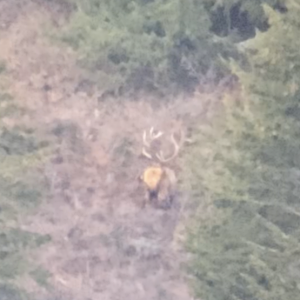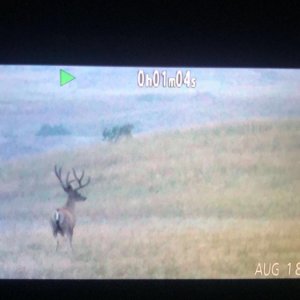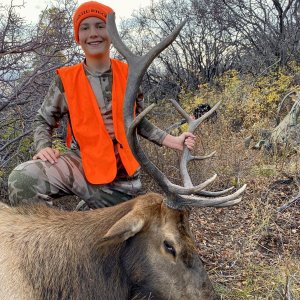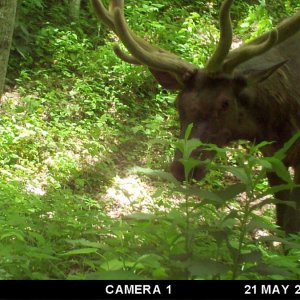elks96
Long Time Member
- Messages
- 3,871
So I have been looking for numbers and data on mortality rates in mule deer. I had someone tell me that it does not kill mule deer. That quote “they have seen hundreds of white tails, white tail pictures but never a mule deadly blue tongue.” A land owner in SE said he lost 6 mule deer bucks (4 with in 200 yards of each other). Also had a person south of devils tower that lost 3-4 doe near Sundance. All suspected EHD.
So does anyone know mortality rates? I know the white tails are are far more likely to die from it, but also know the mule deer, antelope and even can have have issues. In my searched the last day+ I get information that it can affect mule deer and cause em to die, but no solid numbers or data…
So does anyone know mortality rates? I know the white tails are are far more likely to die from it, but also know the mule deer, antelope and even can have have issues. In my searched the last day+ I get information that it can affect mule deer and cause em to die, but no solid numbers or data…












